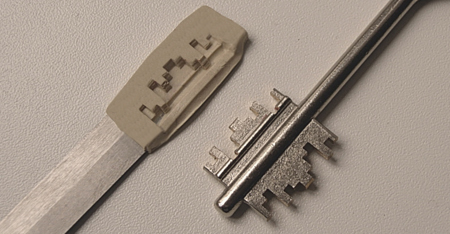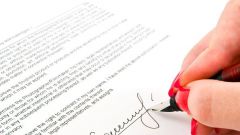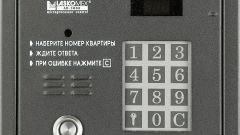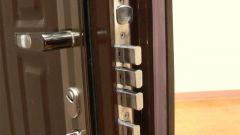You will need
- The cast, needle file, blank keys (for beginners it is better to have on hand three or four pieces, the rest will be enough for two), a sheet of paper, a pencil, a ruler might be useful to the plaster and PVA glue.
Instruction
1
So, on the table lies a finished mold. In principle, it doesn't matter what material it is made, the main thing - that it was clear and consistent. Line methodically measure all dimensions of the cast, without missing a beat (ideally should be reflected even accidental dents). Data transfer on a sheet of paper. After draw a drawing. It needs to be not approximate but as accurate as possible and competent.
2
Once on the table will be drawing, you are ready to run the main stage. As already mentioned, you must have at least two preset format that matches the original keyof Ohm. Carefully saw out the needle files all bends the keyand, observing the dimensions. In any case not to hurry, and leave sharp edges. Even if the original was any burrs, it does not mean that they must also migrate to the duplicate. A duplicate is always to enter the castle harder than the original, and therefore the line should be rounded. But in any case not to overdo it, otherwise you can easily ruin the workpiece by cutting away only a fraction of a millimeter.
3
Actually, this key in the snapshot is ready. Plaster and PVA can be useful, their use turns out not hollow, and the reverse of the existing cast. Solution of gypsum with glue, pour the first cast, when the time required for solidification of the solution, swipe all those stages that have already been listed.



